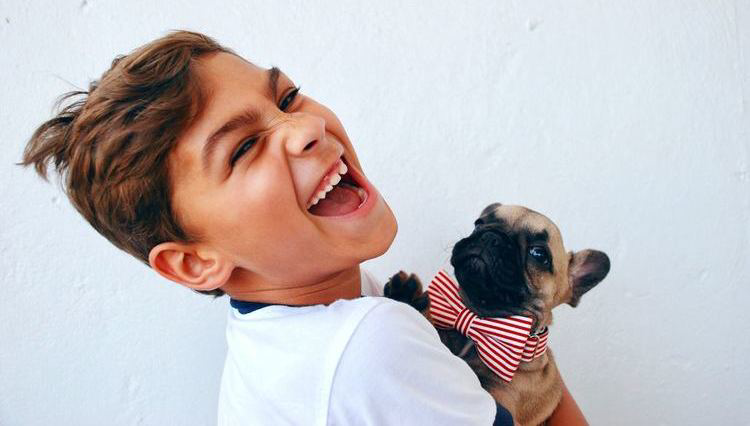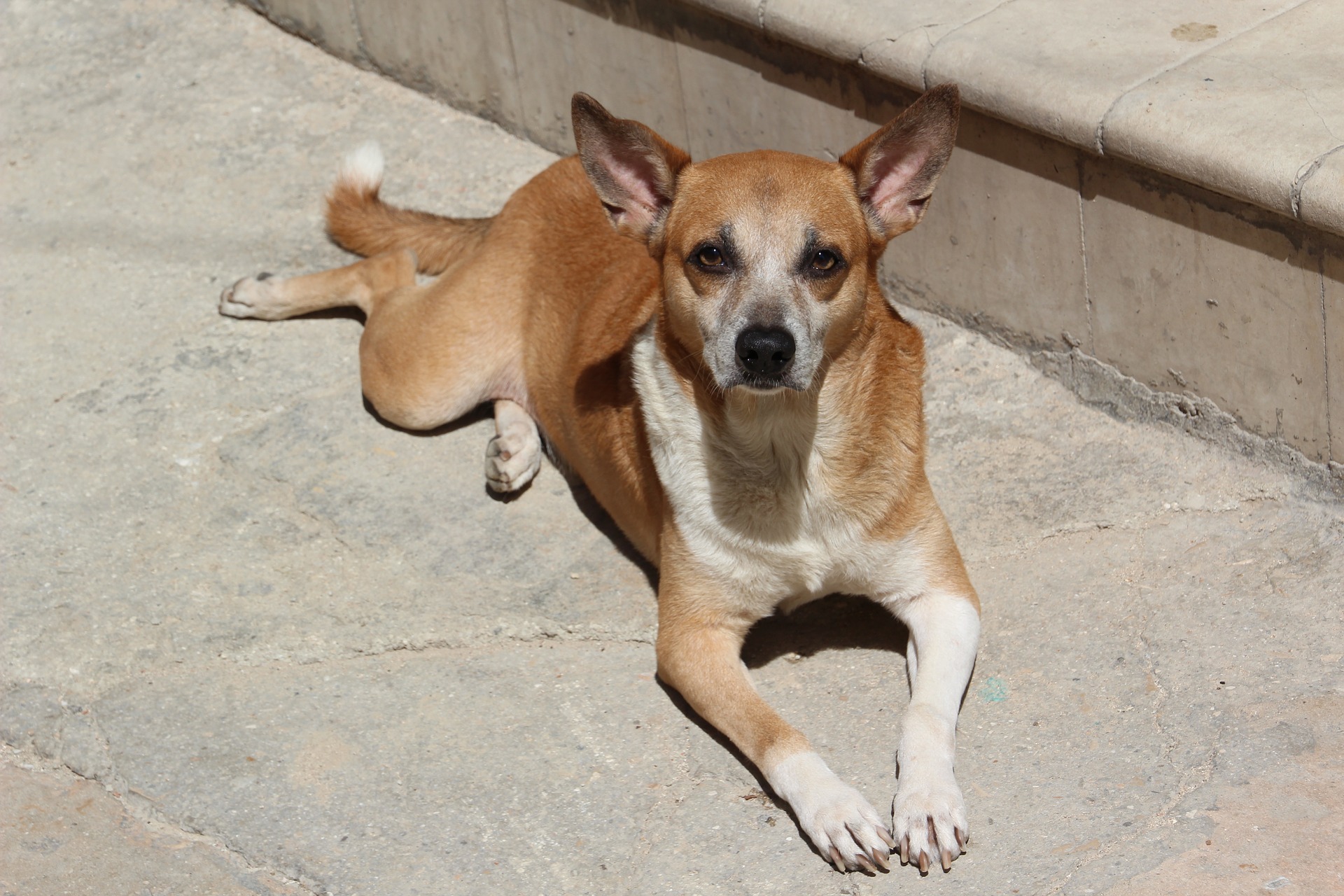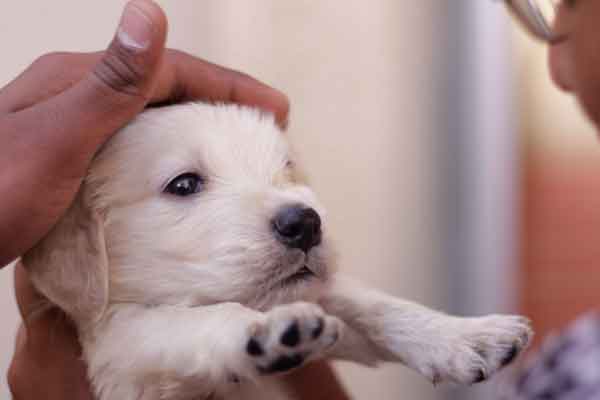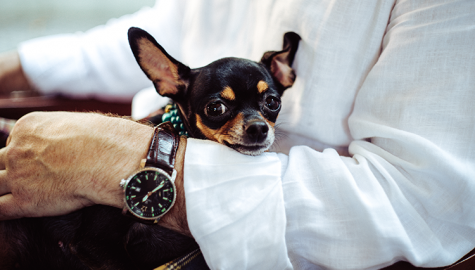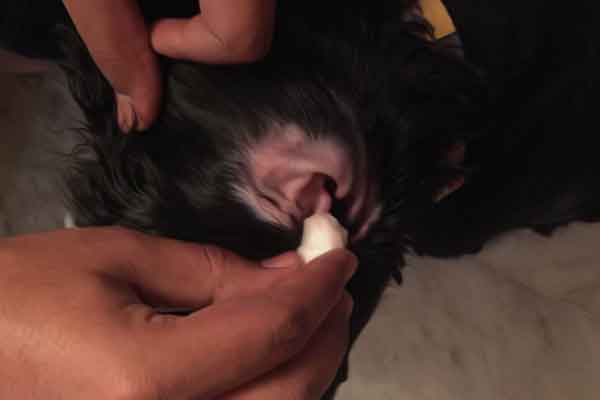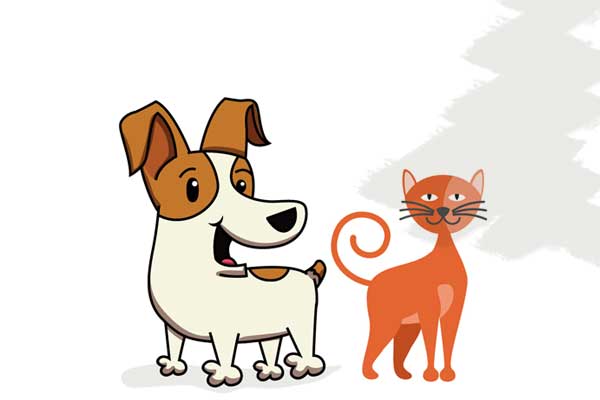A ransacked house accompanied with loud barking and a miserably whining canine buddy is a sign of separation anxiety. Let’s face it, no one likes to be cooped up alone in a house devoid of people, especially our furry pals!
There are lots of ways that you can treat separation anxiety in dogs that includes exercising them before you leave home, keeping them engaged with interesting toys and to even leave behind a shirt that has a smell of you to make them feel calm and secure. According to a new study published in the journal of the Veterinary Behaviour, petting your canine friend before you leave home can ease their separation anxiety.
The study examined the effects of affectionate petting on a dog’s response to separation. The study analysed the dogs’ behaviour, heart rate and salivatory cortisol prior to and after their owner’s departure in two scenarios.
In the first situation, the owners lovingly petted their dogs for a minute before leaving them with a researcher and going away for three minutes.
In the second situation, the owners avoided eye contact and communication with their dogs prior to their leaving.
Though, none of the dogs in the experiment were subjected to stress in either of the scenarios, they however after being petted gently appeared calmer during their owners’ absence and had lowered heart rates as well.
So, giving your pet a loving cuddle before you head out is definitely a must. Your pet feels secure, plus your home is intact!


